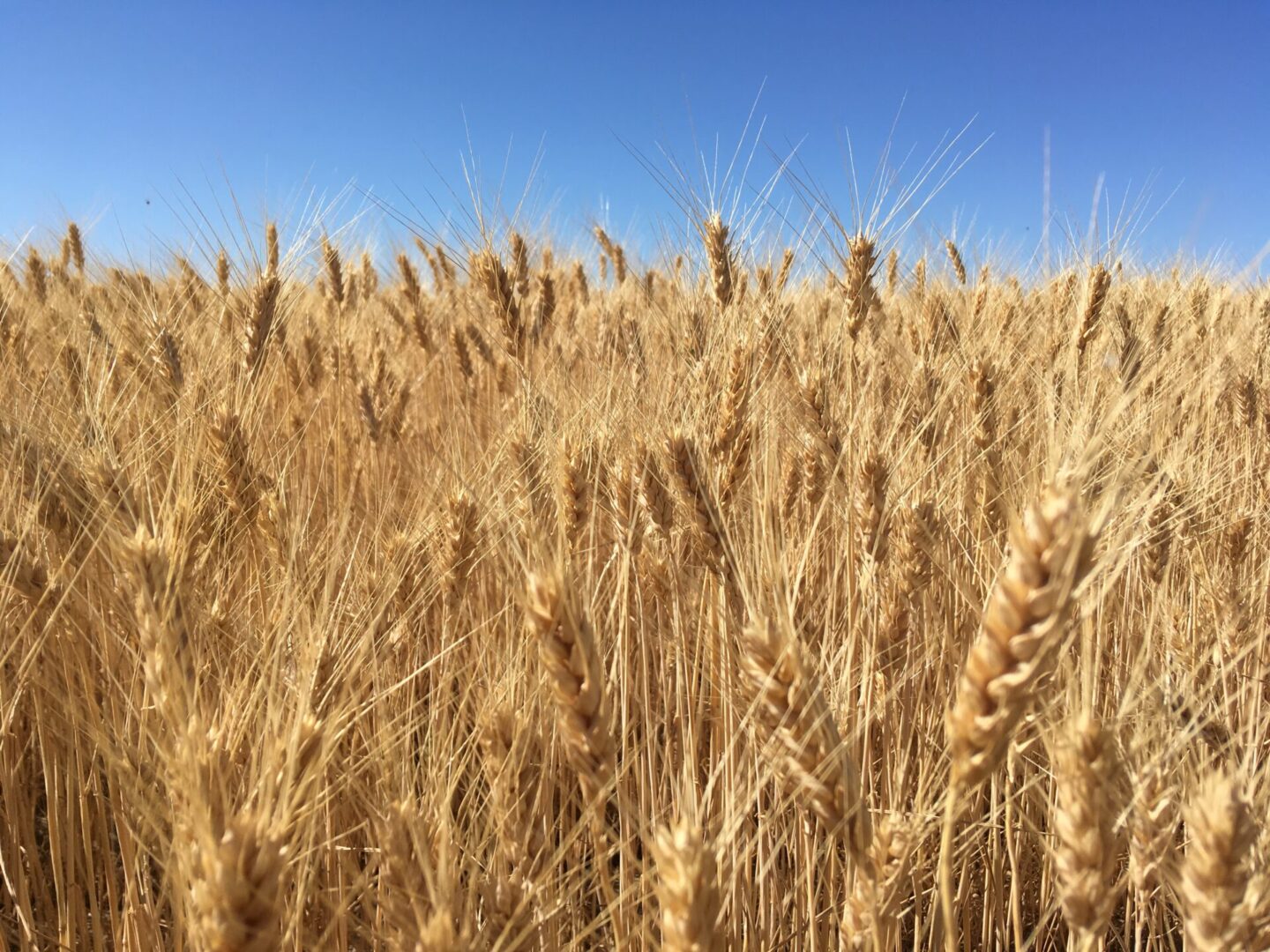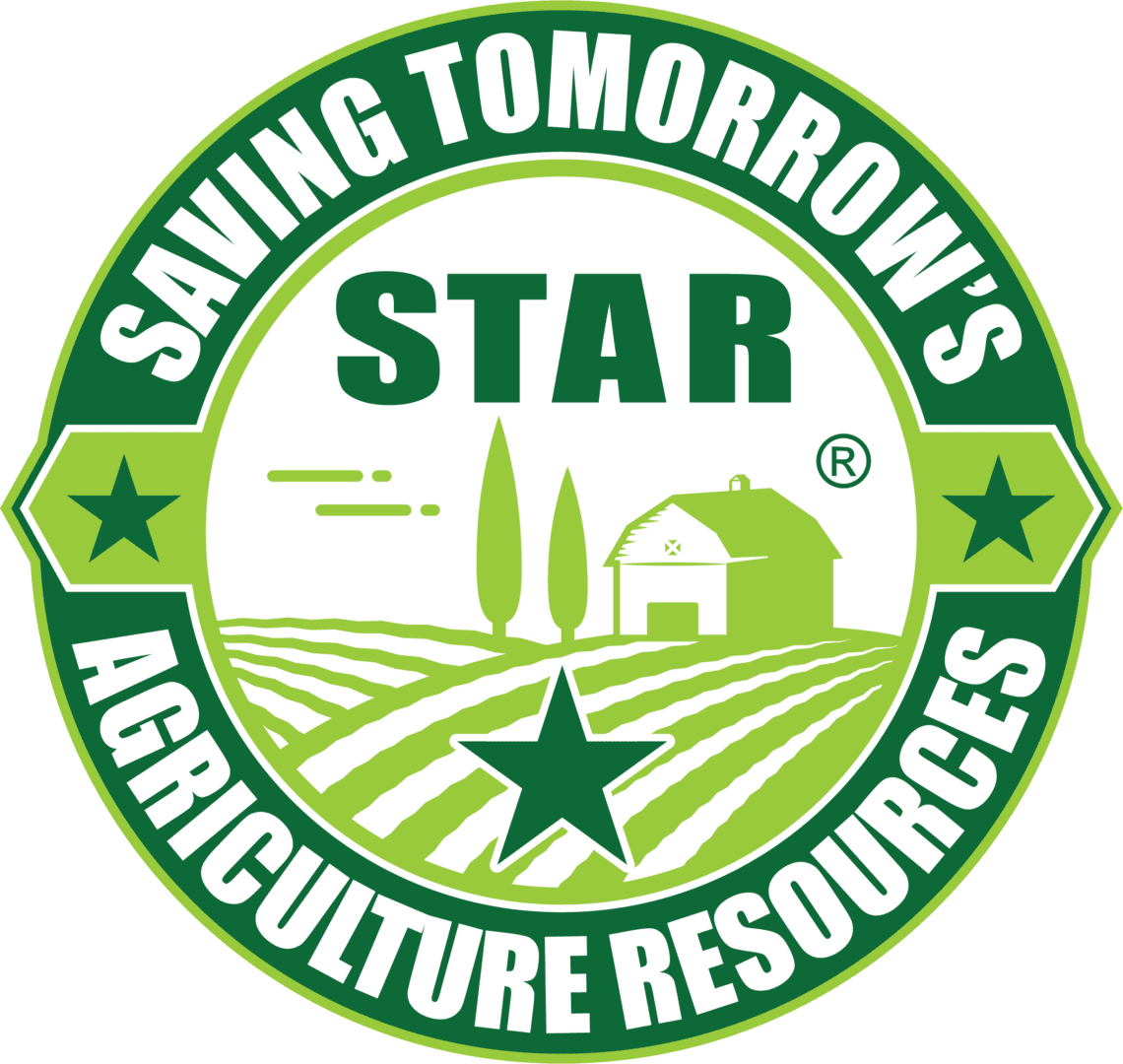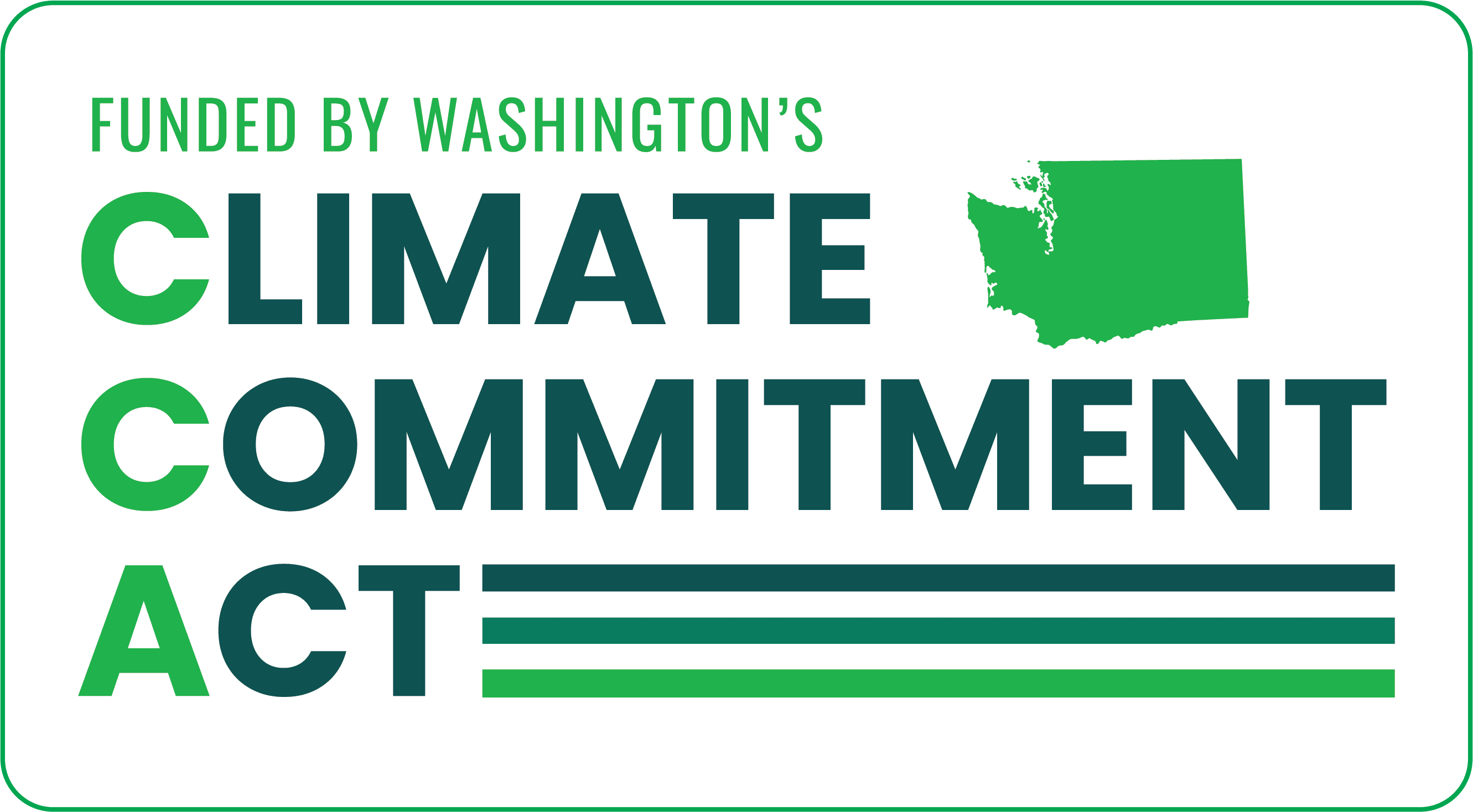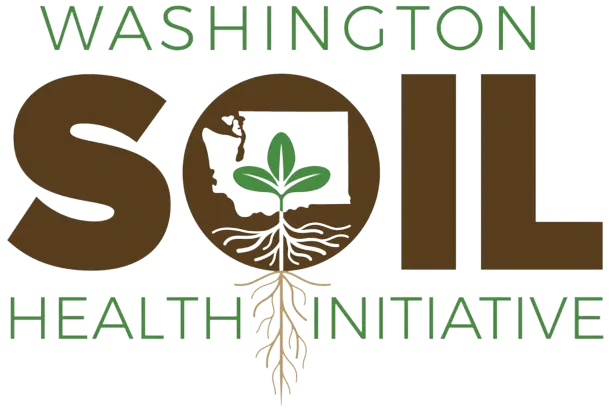
©
Reaching for the stars: one year into Washington’s Saving Tomorrow’s Agriculture Resources Program
Creating a pathway for Washington farmers to achieve environmental and economic resilience through the STAR Program
July 15, 2024
Lauren Quackenbush, Washington State Department of Agriculture
In its first year Washington’s Saving Tomorrow’s Agriculture Resources (STAR) program has taken considerable steps towards creating a conservation assessment tool and related incentives, tailored to Washington agriculture and connected to scientifically-grounded environmental outcomes. Beginning in August 2023 the WA STAR Science Committee was created to inform the development of this program. Comprised of scientists and farm advisors from Washington State Department of Agriculture (WSDA), Washington State University (WSU), Washington State Conservation Commission (SCC), and regional conservation district (CD) staff, the Science Committee has provided critical feedback on resource concerns, conservation practices, and knowledge gaps in scientific literature.

Four steps WA STAR has taken
Creation of Science Committee
Farmer engagement surveys and focus groups
Regional scientific literature review
Market analysis of crop groups
Bring together scientists and farm advisors from WSDA, WSU, SCC and regional CD's
Develop a nuanced understanding of common practices in each system
Connect specific agricultural practices with documented environmental outcomes
Identify market trends to develop appropriate incentives for each system
The STAR assessment tool can be simply described as a series of questions about current agricultural practices, tailored to different cropping systems across Washington. A farmer’s STAR rating is based on their responses to these questions.
To make sure the WA STAR scoring system is scientifically credible and agronomically feasible, two processes are underway
# 1 Regional scientific literature review
A robust scientific literature review is underway that tracks the environmental impacts of specific agricultural practices within specific cropping systems. Studies are included from across the Pacific Northwest (PNW) so long as they are field studies (e.g., not modeling studies), have three or more replicates, and include a control treatment. Data from these studies are used to create a rating for each practice based on its documented effects on resources of concern such as soil health, water quality and quantity, erosion control, and pest control.
Resource Concern
Soil Health
Water Quality & Quantity
Erosion Control
Pest Control
Economic Viability
Outcome variable
- Soil Organic Carbon
- Soil Structure
- pH
- Residue
- Microbial Biomass
- Root Biomass
- Water Availability
- N Loss
- Surface Runoff
- Soil Phosphate
- Erosion
- Surface Runoff
- Soil Structure
- Residue Cover
- Pest Incidence
- Weed Suppression
- Yield
- Net Profit
To date, approximately 150 studies from PNW grain and legume systems have been evaluated. And while the data provide valuable insight, STAR Science Committee member and Palouse CD staff Ryan Boylan reflected that published literature can be “a glimpse into the past,” with research and timelines not keeping pace with on-the-ground developments, experimentation, and innovation. To supplement the scientific review, engagement with farmers is critical.
#2 Farmer engagement surveys and focus groups
To learn more about the nuances of each practice, current innovations, economic limitations, and barriers to adoption, we are actively engaging with farmers through surveys, focus groups, and one-on-one interviews. These conversations have led to crucial information about practices that are increasing or decreasing in popularity, and why these shifts are taking place. Whether from innovations in technology or fertilizer, increased weed or pest pressure, or economic and geographic feasibility; we are using this feedback to create a tool that reflects contemporary Washington farming practices, and that is sensitive to pressures beyond the farmer’s control.

Looking forward
Washington STAR’s goal is to financially reward growers by connecting those with increasing STAR scores to a suite of financial opportunities. National and Washington STAR is currently pursuing avenues such as crop insurance discounts, improved farm loan terms, supply-chain partners that provide increased prices, and existing grant and certification programs. The incentive most applicable to a farmer depends greatly on the unique economic landscape of their cropping system and operation. For that reason, a crop-specific market analysis is underway to identify market trends and common sales avenues. This data is then used to identify which incentives will best serve specific crop groups.
The Washington STAR program is projected to open for enrollment for grain and legume producers in Fall 2024, with additional crop groups to follow. For questions, comments, and to get involved, email Lauren Quackenbush (lauren.quackenbush@agr.wa.gov), or keep an eye out for updates through the Washington Soil Health Initiative.

Washington's Saving Tomorrow's Agriculture Resources Program is supported with funding from Washington’s Climate Commitment Act. The CCA supports Washington’s climate action efforts by putting cap-and-invest dollars to work reducing climate pollution, creating jobs, and improving public health. Information about the CCA is available at www.climate.wa.gov.

Lauren Quackenbush
Lauren is the Soil Health Economic Development Coordinator at the Washington State Department of Agriculture where she is driving the national Saving Tomorrow's Agriculture Resources Program forward in Washington
This article was published by the Washington Soil Health Initiative. For more information, visit wasoilhealth.org. To have these posts delivered straight to your inbox, subscribe to the WaSHI newsletter. To find a soil science technical service provider, visit the Washington State University Extension website or the Washington State Conservation District website.

